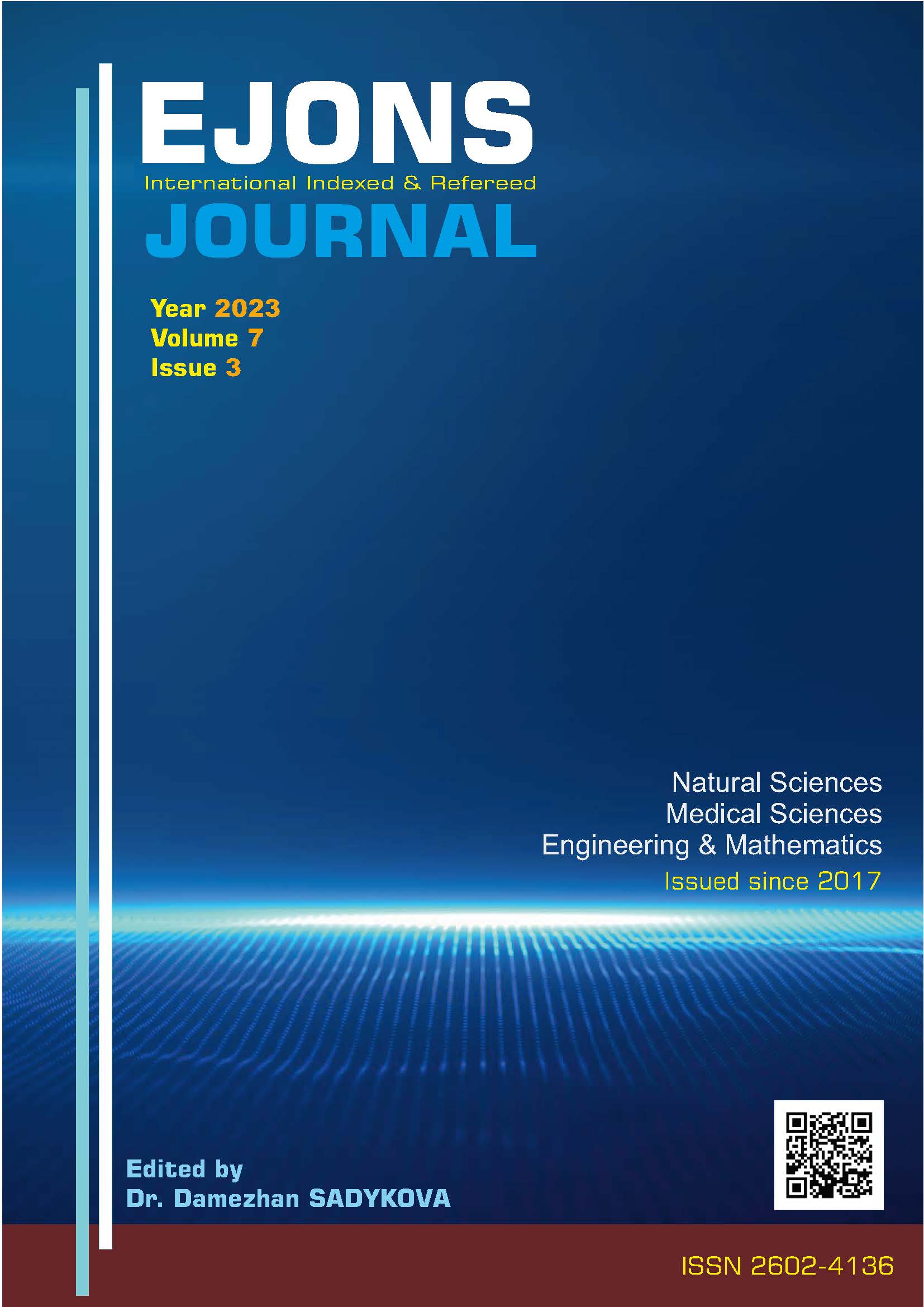The Effect of Zinc oxide nanoparticles on the gene expression of the biofilm formation genes in Pseudomonas aeruginosa isolated from clinical samples
Effect of Zinc oxide nanoparticles on the gene expression of the biofilm formation genes
DOI:
https://doi.org/10.5281/zenodo.10478921Keywords:
biofilm formation, Pseudomonas aeruginosa, Zinc oxide nanoparticlesAbstract
Background and aim: The use of antibiotics to treat Pseudomonas aeruginosa infections is limited by the bacteria's innate antimicrobial resistance. As a result, research has focused on developing advanced antibacterial agents to eradicate resistant bacterial strains. It has been discovered that various nanoparticles can be used as antibacterial agents. This study evaluated the role of zinc oxide nanoparticles (ZnO NPs) as an anti-biofilm agent.
Methods: We used six potent biofilm producer isolates of P. aeruginosa, which have two biofilm genes, to perform a quantitative PCR reaction experiment. These isolates were chosen because they have different sub-MIC values for ZnO-np. A quantitative RT-PCR assay was used to analyze the mRNA expression of biofilm genes in treated and untreated samples of bacterial growth with ZnO-np by using the concentration below the MIC dose for each sample.
Results: The results revealed a significant down-regulation in biofilm genes in the presence of ZnO-np. Correlation analysis was used to analyze the results, which included all the tested isolates before and after treatment with ZnO-np. This analysis showed a significant positive correlation between gene expression of lasI, and rhlI genes and biofilm formation. These findings suggest that ZnO NPs could potentially treat P. aeruginosa infections. However, further research is needed to confirm these findings and to determine the optimal dose and concentration of ZnO NPs for treating P. aeruginosa infections.
References
Wood SJ, Kuzel TM, Shafikhani SH. Pseudomonas aeruginosa: Infections, Animal Modeling, and Therapeutics. Cells. 2023 Jan 3;12(1):199.
Avershina E, Shapovalova V, Shipulin G. (2021). Fighting Antibiotic Resistance in Hospital-Acquired Infections: Current State and Emerging Technologies in Disease Prevention, Diagnostics and Therapy. Front Microbiol. 21;12:707330.
Schmittgen TD, Livak KJ. Analyzing real-time PCR data by the comparative CT method. Nat Protoc. 2008;3(6):1101-8.
Başkan C, Sırıken B, Tüfekci EF, Kılınç Ç, Ertürk Ö, Erol İ. (2022). Presence of quorum sensing system, virulence genes, biofilm formation and relationship among them and class 1 integron in carbapenem-resistant clinical Pseudomonas aeruginosa isolates. Arch Microbiol. 8;204(8):464.
Hemati S, Azizi-Jalilian F, Pakzad I, Taherikalani M, Maleki A, Karimi S, Monjezei A, Mahdavi Z, Fadavi MR, Sayehmiri K, Sadeghifard N. (2014). The correlation between the presence of quorum sensing, toxin-antitoxin system genes, and MIC values with the ability of biofilm formation in clinical isolates of Pseudomonas aeruginosa. Iran J Microbiol. 6(3):133-9.
Erdal B, Yalınay M, Elmas Ç, Yazıcı GN. (2020). Piperasilin/Tazobaktam ve Siprofloksasin Sub-minimal İnhibitör Konsantrasyonlarında Pseudomonas aeruginosa Biyofilm Oluşumunun ve Quorum Sensing Genlerinin Araştırılması [Investigation of Pseudomonas aeruginosa Biofilm Formation and Quorum Sensing Genes in Piperacillin/Tazobactam and Ciprofloxacin Sub-minimal Inhibitory Concentrations]. Mikrobiyol Bul. 54(4):547-558.
Thi MTT, Wibowo D, Rehm BH. Pseudomonas aeruginosa biofilms. Int. J. Mol. Sci. 2020;21:8671.
Derveaux S, Vandesompele J, Hellemans J. (2010). How to do successful gene expression analysis using real-time PCR. Methods. 2010 Apr;50(4):227-30.
El-Mowafy SA, Shaaban M, Abd El-Galil KH. (2014). Sodium ascorbate as a quorum sensing inhibitor of Pseudomonas aeruginosa. Journal of Applied Microbiology. 117:1388–1399.
Gellatly, S. L., & Hancock, R. E. (2013). Pseudomonas aeruginosa: new insights into pathogenesis and host defenses. Pathogens and disease, 67(3), 159-173.
Downloads
Published
How to Cite
Issue
Section
License
Copyright (c) 2023 EJONS INTERNATIONAL JOURNAL

This work is licensed under a Creative Commons Attribution-NonCommercial 4.0 International License.


